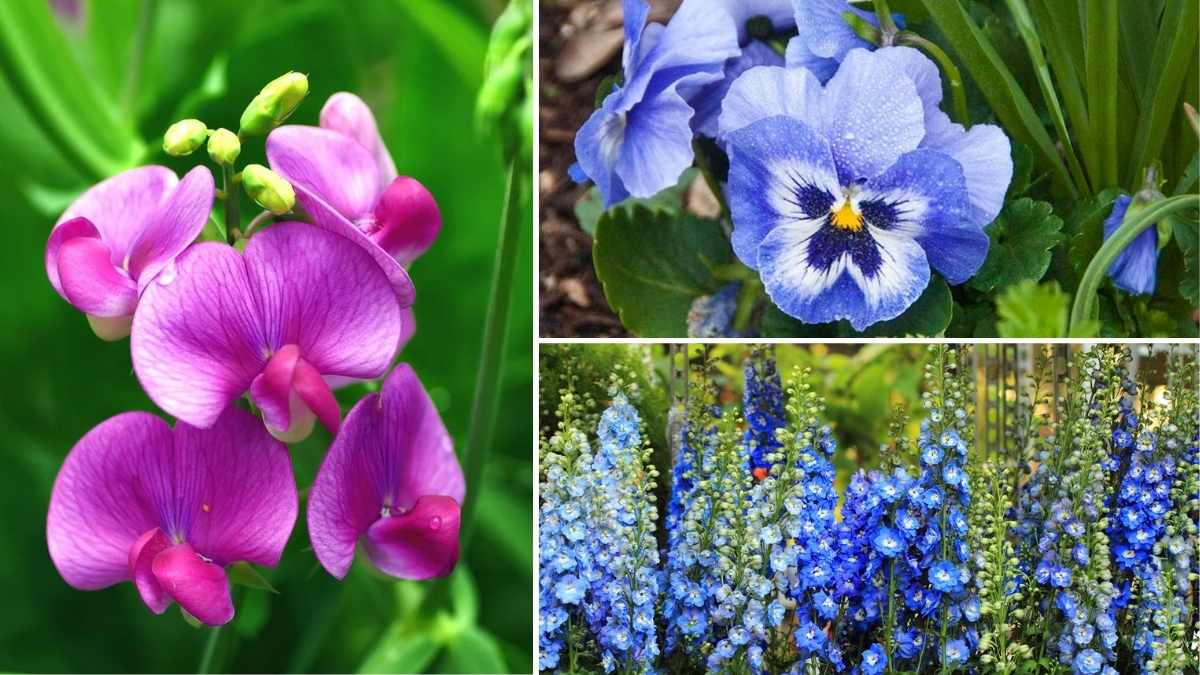As autumn fades and the cool breeze of November settles in, many gardeners think it’s time to hang up their gloves and wait for spring. But the truth is, November is one of the most rewarding months for planting. While the earth rests, certain seeds quietly prepare beneath the surface, developing strong roots that will burst into life when spring arrives. Planting now allows your garden to wake up earlier and stronger than ever.
If you’re dreaming of a garden filled with color, fragrance, and life, November is the perfect time to start. Here are eleven beautiful and practical seeds you can sow this month to create a stunning spring garden.
1. Sweet Peas

Sweet peas are classic climbers that bring an irresistible scent and soft, romantic blooms. They thrive in cooler weather, making November an ideal time to plant them. The earlier you sow, the better their roots will establish, leading to more vigorous plants and longer-lasting flowers when spring comes.
How to Grow:
- Soak seeds overnight to soften their hard outer coat.
- Sow one inch deep in pots, root trainers, or biodegradable containers.
- Keep in a bright, cool location such as an unheated greenhouse or cold frame.
- Once seedlings are about 3 inches tall, pinch out the growing tip to encourage bushier growth.
- Transplant outdoors in early spring, near trellises, fences, or garden arches for support.
Sweet peas prefer full sun and rich, well-drained soil. With regular watering and deadheading, they’ll keep blooming all season.
2. Pansies
Pansies are known for their cheerful faces and rich colors that brighten even the coldest months. They tolerate frost and bloom early, filling your garden with life before most plants awaken.
How to Grow:
- Sow seeds in seed trays filled with moist compost.
- Lightly cover them with a thin layer of soil.
- Keep in a cool, sheltered area with indirect sunlight.
- Transplant seedlings into pots or borders when they are about 2 inches tall.
- Space plants about 6 inches apart in well-drained soil.
Pansies love cool weather and will bloom continuously through early spring. Regular deadheading helps extend their flowering period.
3. Lupins
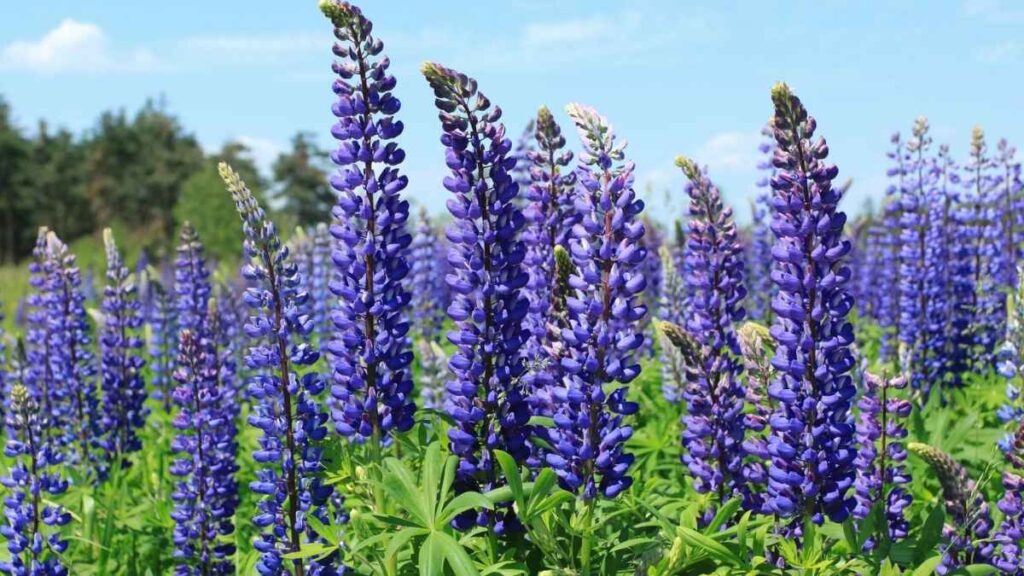
Lupins are bold, architectural flowers that bring vertical drama to any garden. Their tall spikes of blue, pink, purple, and cream add instant elegance and attract pollinators like bees and butterflies.
How to Grow:
- Gently scarify the seeds by rubbing them lightly with sandpaper to improve germination.
- Sow ½ inch deep in pots or trays filled with compost.
- Keep the soil slightly moist and the trays in a cool, bright place.
- Once seedlings have a few leaves, transplant them to their final positions in early spring.
- Choose a sunny spot with well-drained but fertile soil.
Lupins are perennials, so once established, they’ll return year after year with minimal care.
4. Delphiniums
Delphiniums are the show-stoppers of cottage gardens, producing tall spires of blue, pink, or white blooms. They prefer to be started early, making November the perfect month to sow them.
How to Grow:
- Fill seed trays with moist compost and sprinkle seeds on top.
- Lightly cover with a fine layer of soil or vermiculite.
- Keep trays in a cool, bright place around 10–15°C.
- When seedlings are strong enough, transplant them into individual pots.
- Move outdoors in spring, spacing plants 18 inches apart.
These majestic flowers love full sun and nutrient-rich soil. Stake them early to protect from wind damage as they grow tall.
5. Spinach
If you enjoy growing your own vegetables, spinach is a must-plant in November. It’s hardy, nutritious, and thrives in cooler temperatures.
How to Grow:
- Sow seeds directly into the ground about half an inch deep.
- Space them 2 inches apart in rows 12 inches wide.
- Choose a sunny or partly shaded area with rich, moist soil.
- Water regularly to keep the soil evenly damp.
- Harvest baby leaves for salads or let them mature for cooking.
Spinach grows quickly and can provide a steady supply of fresh greens through winter and into spring.
6. Calendula
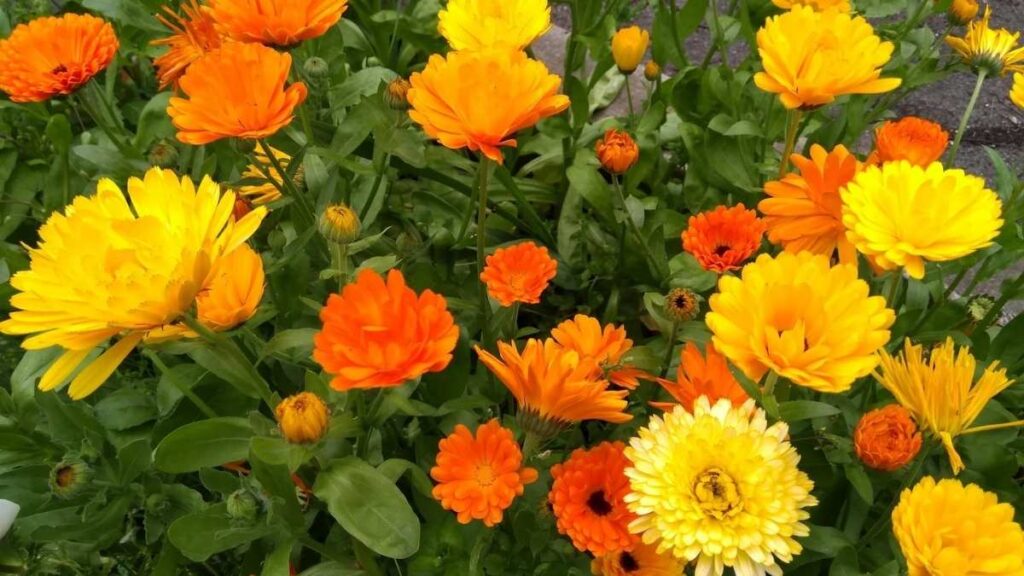
Calendula, also known as the pot marigold, brings a burst of sunshine to your garden with its bright orange and yellow petals. It’s one of the easiest flowers to grow and can handle cool weather beautifully.
How to Grow:
- Sow seeds directly where you want them to bloom.
- Rake the soil lightly and scatter the seeds evenly.
- Cover with a thin layer of soil and water gently.
- Thin out seedlings once they reach a few inches in height.
- Choose a sunny spot with moderate moisture.
Calendula is not only pretty but also practical. It attracts pollinators and repels garden pests naturally.
7. Sweet Alyssum
Sweet alyssum is a low-growing, delicate plant with tiny white or purple flowers that release a lovely honey-like fragrance. It’s great for edging pathways or filling gaps between larger plants.
How to Grow:
- Scatter seeds on the soil surface and press gently to ensure contact.
- Do not cover heavily, as light helps germination.
- Keep the soil moist but not soggy.
- Once seedlings appear, thin them to about 6 inches apart.
- Choose a sunny, well-drained location for best results.
Sweet alyssum also works beautifully in containers and hanging baskets, creating a soft, cascading effect.
8. Broad Beans
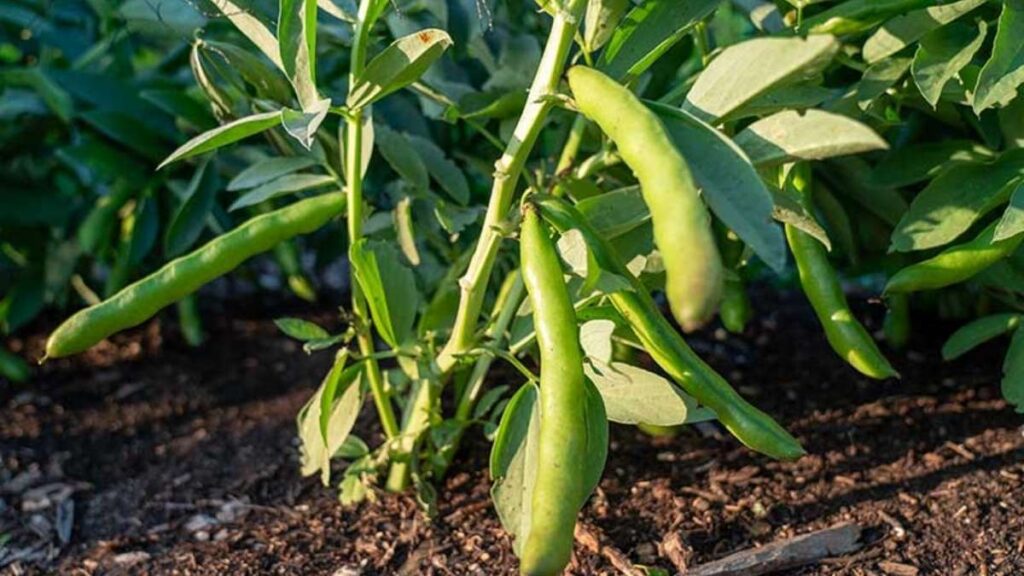
Broad beans are a reliable winter crop that germinates well in cool weather and provides an early harvest in spring.
How to Grow:
- Sow seeds 2 inches deep in double rows, about 8 inches apart.
- Choose a sunny site with good drainage.
- Water after planting and keep the soil slightly moist.
- Use stakes or string to support the plants as they grow.
- Harvest pods when beans are still tender for the best flavor.
Broad beans also help improve soil fertility by fixing nitrogen, benefiting future crops.
9. Nigella (Love-in-a-Mist)
Nigella, often called Love-in-a-Mist, adds a whimsical, airy charm to gardens. Its delicate blue or white flowers sit among fine, fern-like foliage.
How to Grow:
- Sow seeds directly into the soil in late autumn.
- Scatter thinly and press lightly into the ground.
- Keep the soil slightly moist until seedlings appear.
- Thin plants to around 6 inches apart for healthy growth.
- Allow some flowers to self-seed for natural reappearance next year.
Nigella is an effortless beauty that blends perfectly into cottage-style gardens or wildflower borders.
10. Wallflowers
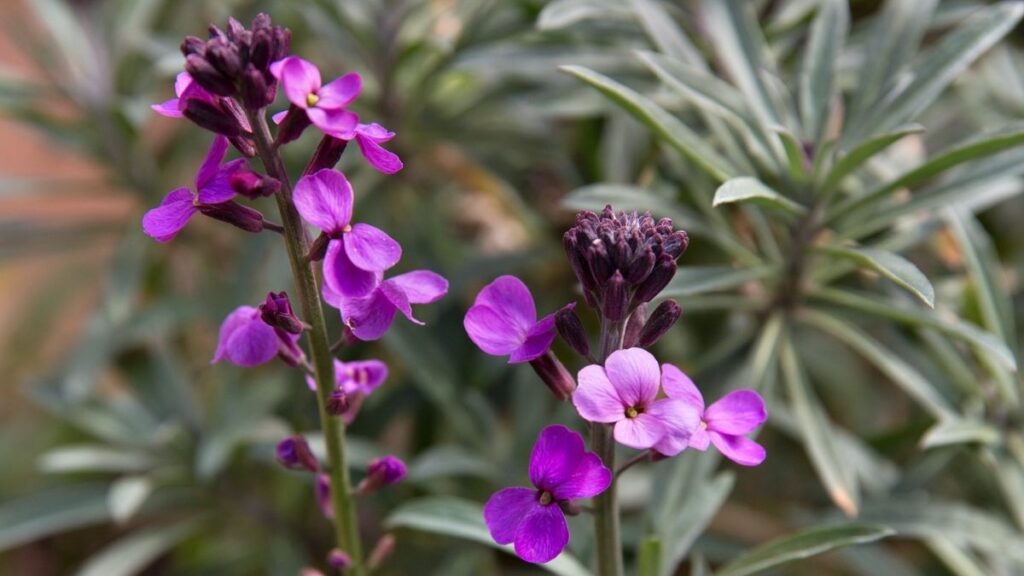
Wallflowers are hardy plants that thrive in cooler weather and reward you with warm tones of red, orange, and yellow in spring. They pair wonderfully with tulips and daffodils.
How to Grow:
- Sow seeds in trays or directly in the ground in a sunny spot.
- Cover lightly with compost and keep the soil moist.
- Transplant when seedlings are strong, spacing them about 8 inches apart.
- Wallflowers prefer poor or sandy soil and don’t like being overwatered.
Their fragrance and color make them a timeless favorite for spring borders.
11. Garlic
Garlic is not a flower, but it’s one of the easiest and most rewarding crops to plant in November. The cold weather helps bulbs form properly.
How to Grow:
- Separate bulbs into individual cloves before planting.
- Plant each clove 2 inches deep with the pointed end facing up.
- Space cloves about 6 inches apart in rows.
- Choose a sunny, well-drained area and keep weed-free.
- Harvest in early summer once leaves start turning yellow.
Garlic planted in November often produces bigger, more flavorful bulbs than spring-planted ones.
Tips for Successful November Planting
- Choose hardy, cold-tolerant varieties suited to your region.
- Prepare soil by mixing in compost or organic matter to improve drainage.
- Avoid overwatering during cold months; damp soil can cause rot.
- Protect young seedlings with garden fleece or cloches during frost.
- Label your planting areas to keep track of what you’ve sown.
- Keep an eye on pests like slugs, which stay active even in cooler weather.
Final Thoughts
Gardening in November may seem quiet, but it’s actually a month of great potential. Beneath the cool soil, seeds are beginning their silent journey toward spring. By taking the time now to sow hardy flowers and vegetables, you’re setting your garden up for a burst of color, fragrance, and life when the days grow longer.
Whether it’s the soft scent of sweet peas, the vibrant faces of pansies, or the early greens of spinach, every seed you plant this month becomes a promise of beauty ahead. So, grab your trowel, embrace the chill, and plant the beginnings of your stunning spring garden today.
